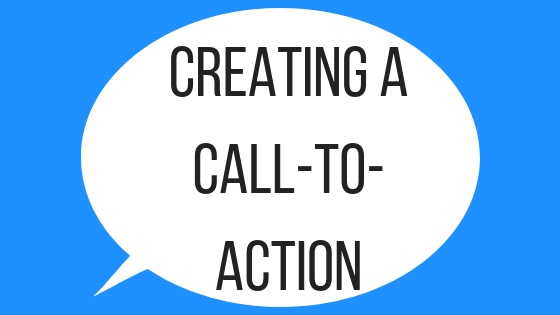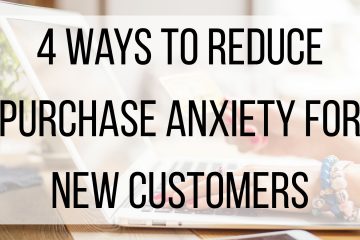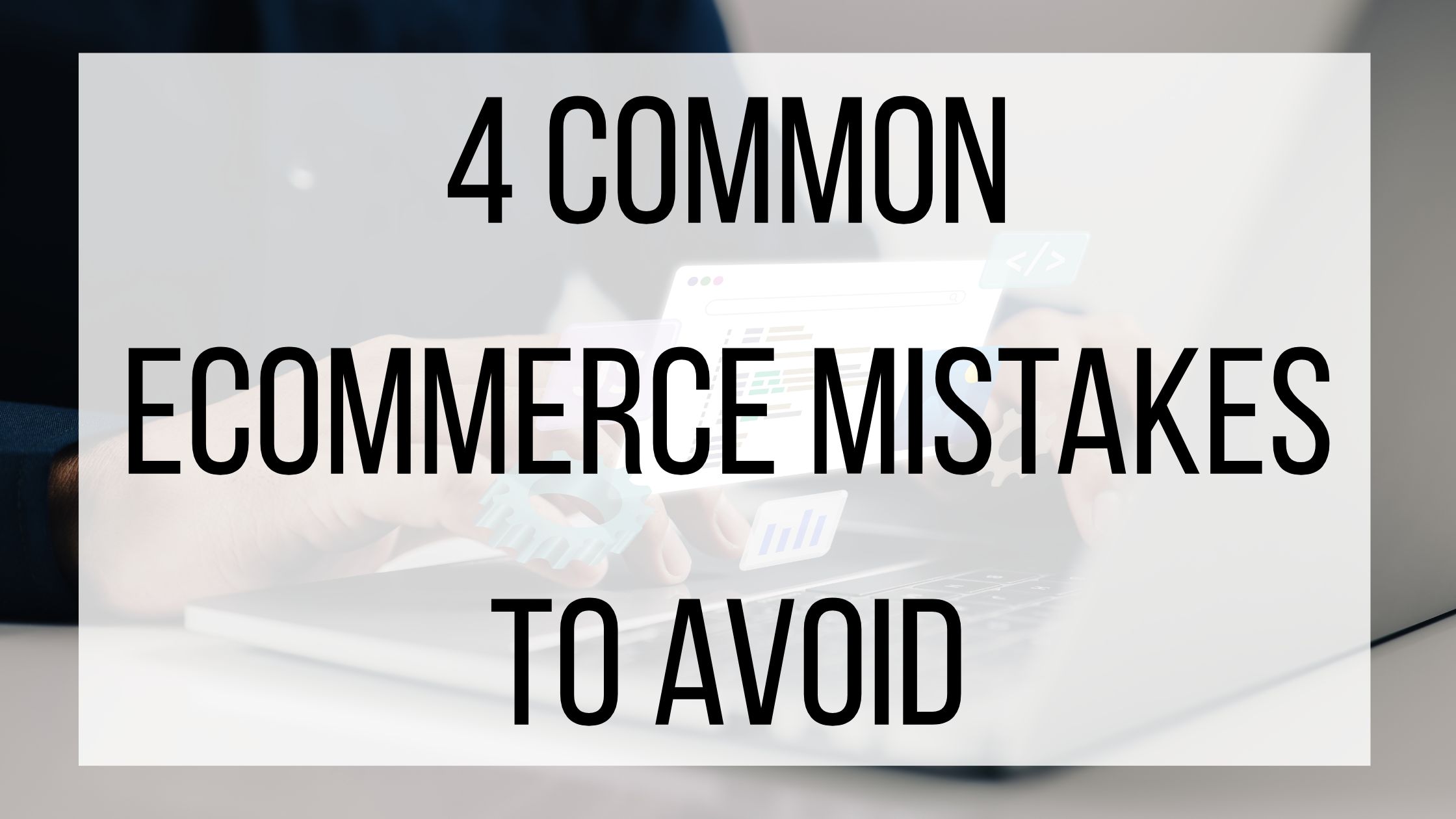Creating A Call-To-Action

Getting customers to do what you’d like them to do can be difficult, especially for those just starting out in marketing. They abandon shopping carts, ignore well written blog posts, and choose not to sign up for informative newsletters. If they are already visiting your website, chances are they are interested in your product or service already. So how do you keep them on your site, and convince them to finish what they started? By creating a compelling Call-To-Action (or CTA) you can boost sales and gain subscribers. Here are some do’s and don’ts of creating a CTA, as well as some examples of how to integrate them into your website.
CTA Do’s: CTA’s should be kept short and sweet. For example, if you are selling t-shirts, have a “Shop Now” button in plain view by the product. While you could choose to have your CTA as “Shop” or “Shop Here” or another similar phrase, “Shop Now” gives customers a sense of urgency and encourages them to purchase them item right away, rather than abandoning their cart and potentially forgetting about it. Button color is something else you need to take into consideration. There is no right or wrong color to use, and your button color will vary depending on your company and website colors. A/B testing and color psychology should be used to determine the most effective color for you. Button placement is also an important factor. Your CTA should be easy to find and clear. If customers have to hunt for it, they are more likely to turn to one of your competitors for an easier checkout experience. Take into consideration what step of the buyer’s journey your customer is on, and use your CTA to help them. You want to please your customers, so making their buyer’s journey as easy as possible will ensure a quality repeat customer base.
CTA Don’ts: While you want to use CTA’s to help funnel customers deeper in to their buyer’s journey, you can go overboard with your Call-To-Actions. Don’t plaster them all over your website, rather place them only where they are convenient to your customers. Make sure that they stand out enough that they are eye catching, but also not over the top or obnoxious. Another mistake that is often made is not A/B testing or changing CTA’s over time. Keeping your website updated ensures that you are staying with current trends and meeting customer demands.
Connect CTA: One of the most basic and popular CTA’s is the connect to social CTA. This invites your website visitors to look at and interact with your social media pages. Often, websites feature the logos of their social media accounts with a link to their page. These CTA’s are typically found on the bottom of the page, but also can be placed on the top or side. You can write something such as “Follow Us” above the logos, or simply place them wherever they fit best. This encourages your customers to interact with your social media accounts and makes it easy for them to visit your pages with just a single click.
Post CTA: So you wrote a great post, now what? For customers that follow your blog or interact with you frequently, encourage them to subscribe at the bottom of your posts. Many companies even add an extra incentive by offering a small discount when new customers sign up for their newsletter or blog. In addition, you can offer special sales to those who are subscribed. At the bottom of your blog post or email, tie in a CTA encouraging customers to get in touch with you to learn more about your product or service. If they trust your content, they are likely to trust your product as well.
Review CTA: After a customer orders and receives a product from your store, send them an email asking them to leave a review. Give them the option to leave a review directly from the product page as well by placing a “Leave A Review” CTA on the product page. Letting customers give you feedback encourages them to take action, lets you know what they liked and didn’t like, and allows you to update your products to best fit your customer’s needs. Having reviews on your products also encourages new customers to purchase your products, as they can see what others who are more familiar with your business thought of their purchases.
There are many other types of Call-To-Actions that you can add to your website. It is good to choose more than one and to test them to see how customers are responding to them. While this seems like an easy and basic component, keeping up with your CTA’s can have a great positive impact on your business.



5 Comments
Coming Home: How To Make Your Homepage Stand Out | · December 7, 2018 at 12:02 pm
[…] One of the most important final touches to planning your homepage is to make sure to have a clear call-to-action. The call to action should align with what next steps you want the customer to take. If that is to […]
The Benefits Of User Generated Content | BMT Micro, Inc. · March 5, 2019 at 10:32 am
[…] your own can be an overwhelming task. However, many customers are happy to give you content if you ask for it. With younger customers striving to me social media influencers, they are often willing to leave a […]
The Basics Of A/B Testing | BMT Micro, Inc. · March 15, 2019 at 12:03 pm
[…] scheme that matches your brand and industry, and test out different variations. For example, every CTA button will need a color. But what color will make it best stand out? The same goes for fonts. […]
How To Send An Effective Follow Up Email | BMT Micro, Inc. · May 3, 2019 at 12:01 pm
[…] new way to present your ideas to them. Re-think your closing call-to-action as well. Changing your CTA can make it easier for the prospective client to reach out to you, by starting with simple […]
Creating Instagram Captions | BMT Micro, Inc. · May 31, 2019 at 12:02 pm
[…] someone who works in ecommerce or marketing, you know how important is is to creating a compelling Call-To-Action (CTA). Let the customers know what, exactly, is the point of your post, and what you want them to […]